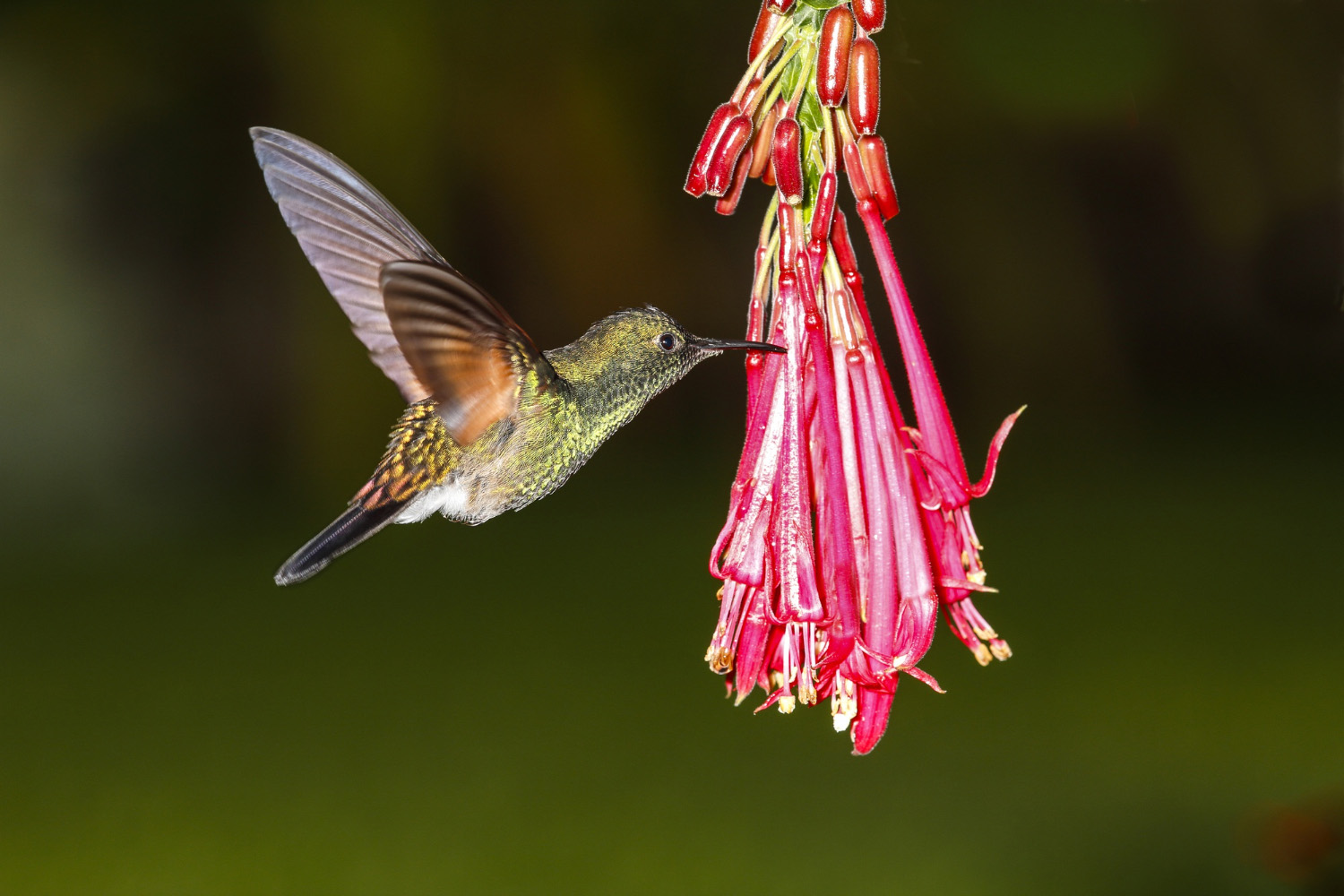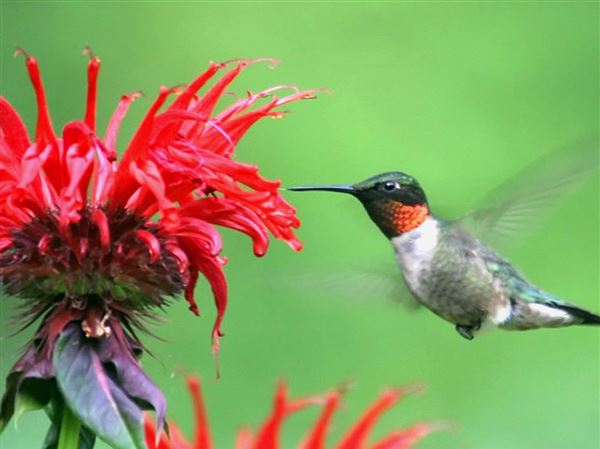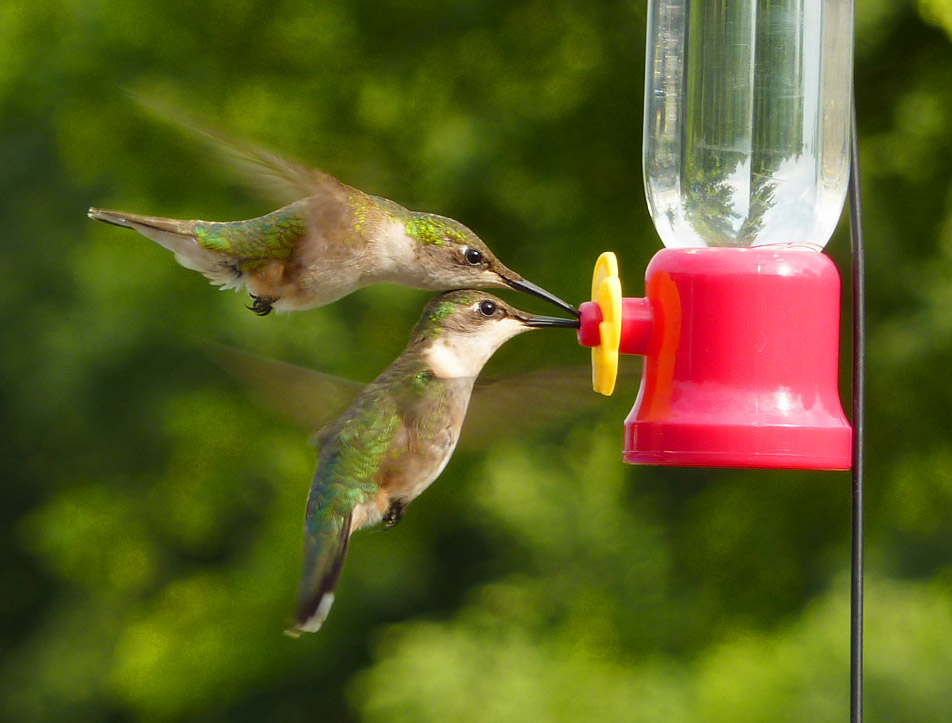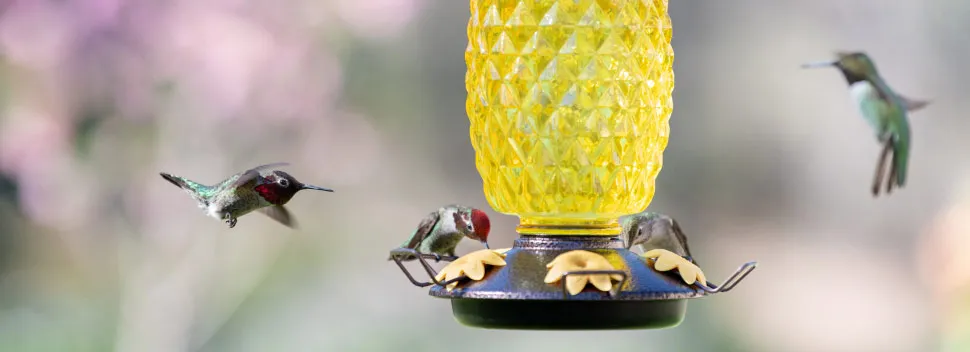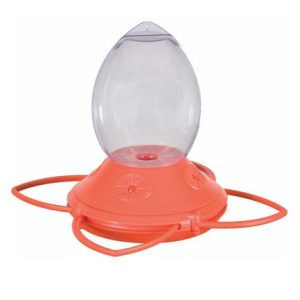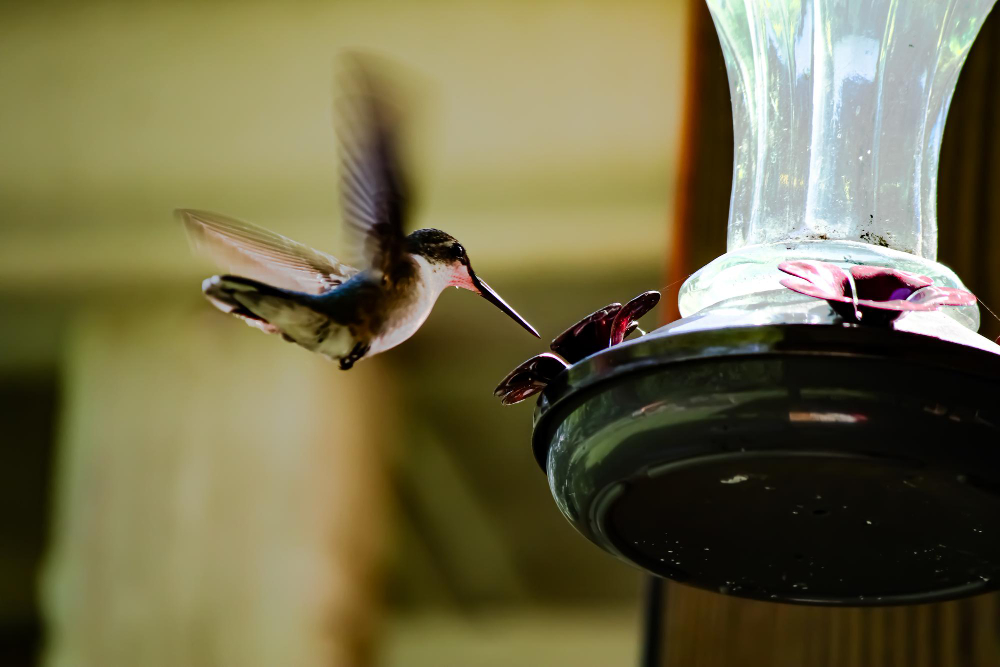
Species
There are two main species of Hummingbird in Ohio but a total of 7 species are recognized in state bird records.
Species of hummingbirds are classed as a resident, seasonal or rare in each state, and according to avibase and accepted by the Ohio Ornithological society these are the types of hummingbird in Ohio in each group:
Resident Species of Hummingbirds of Ohio:
There are no species of hummingbird classed as residents in Ohio.
Seasonal Species of Hummingbirds of Ohio:
Ruby-throated Hummingbirds and Rufous Hummingbirds are seasonal species of hummingbirds in Ohio.
Rare/Accidental Species of Hummingbirds of Ohio:
Mexican Violetears are considered casual species as they can wander.
Black-chinned Hummingbirds, Calliope Hummingbirds, Allen’s Hummingbirds, and Anna’s Hummingbirds, are all considered to be accidental visitors to Ohio.
Most of these accidental species have only been seen a few times in Ohio.
Complements of Bird Advisors: https://www.birdadvisors.com/hummingbirds-ohio/
This early in spring, many flowers that they enjoy are not in bloom yet, so hang feeders outside starting around mid-March to make sure the hummingbirds stay around your garden.
Unlike other pollinators who are attracted to sweet scents, hummingbirds rely on their keen eyesight and memory to find nectar-rich flowers. Once hummingbirds discover a favorite flower source, they are likely to return each year at about the same time.
